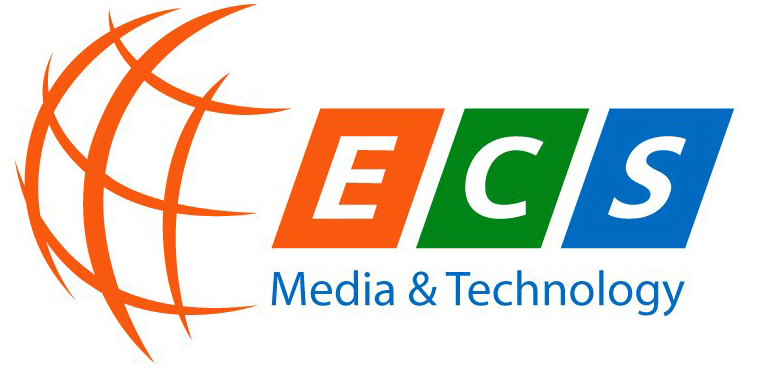What Is Solana SOL and How Does SOL Crypto Work?
Nuclear reactions here – where hydrogen is fused to form helium – power the Sun’s heat and light. Temperatures top 27 million what is an ico everything you need to know °F (15 million °C) and it’s about 86,000 miles (138,000 kilometers) thick. The density of the Sun’s core is about 150 grams per cubic centimeter (g/cm³). That is approximately 8 times the density of gold (19.3 g/cm³) or 13 times the density of lead (11.3 g/cm³).
- Validators are chosen based on the amount of crypto tokens that they’ve staked (pledged to the blockchain).
- This includes centralized exchanges like Binance.US, Coinbase, and Kraken, to name a few.
- The token’s real value is in conducting transactions on the Solana network, which has unique advantages.
- In 2017, Yakovenko started working on a project which would later materialize as Solana.
- Blockchain may never develop into the disruptive economic force that many of its devotees anticipate or it may take many years longer than expected to reach its potential.
The Solana protocol is designed to facilitate decentralized app (DApp) creation. It aims to improve scalability by introducing a proof-of-history (PoH) consensus combined with the underlying proof-of-stake (PoS) consensus of the blockchain. The height of the Sun’s activity cycle, known as solar maximum, is a time of greatly increased solar storm activity. Sunspots, eruptions called solar flares, and coronal mass ejections are common at solar maximum. The latest solar cycle – Solar Cycle 25 – started in December 2019 when solar minimum occurred, according to the Solar Cycle 25 Prediction Panel, an international group of experts co-sponsored by NASA and NOAA. Scientists now expect the Sun’s activity to ramp up toward the next predicted maximum in July 2025.
Yakavenko’s proof-of-history gets past this what is an ico registration and what is a data protection fee hurdle, with every node in the network able to rely on the recorded passage of time. The Solana Foundation has announced that a total of 489 million SOL tokens will be released in circulation. At the moment, about 260 million of these have already entered the market.
It’s important to note that Solana is a newer blockchain and that most blockchains, including Bitcoin and Ethereum, have experienced brief moments of downtime. Hardware requirements may cost up to $6,000 or more to start a node so those who wish to become a validator should prepare to make an investment. While this is true, young blockchains are almost always centralized to some extent until they grow to a certain level. Solana is a relatively young blockchain and may very well become significantly more decentralized over time.
Yakovenko and Gokal sought to make a new blockchain that could meet demand at a global scale. Powered by its unique combination of proof of history and what’s referred to as delegated proof-of-stake algorithms, the main problem Solana was attempting to solve was Ethereum’s scalability issues. Delegated proof-of-stake is a variation of the more traditional proof-of-stake algorithm.
Investing in Solana
Solana’s (decentralized finance) DeFi ecosystem currently has over $8.6 billion in total value locked among its various platforms. This puts Solana in sixth place behind other chains like Ethereum, Terra, Avalanche and Fantom. This system lowers latency and increases throughput because slot leaders can stream transactions to the rest of the validators in real-time rather than waiting to fill an entire block and send it at once. A validator is a computer running the blockchains software with its own copy of the blockchain. These validators are the equivalent of miners in a proof-of-work blockchain like Bitcoin’s. But as with all cryptocurrencies, investors should consider speaking with a financial advisor before investing in Solana.
Similar Coins to Solana
Of course, it is important to note that investing in cryptocurrency comes with how to buy matic a risk, just like any other investment opportunity. Solana relies on a unique combination of proof-of-history (PoH) and proof-of-stake (PoS) consensus mechanisms. In 2017, Yakovenko started working on a project which would later materialize as Solana.
Solana’s blockchain
It’s about 250 miles thick, with temperatures reaching about 10,000 degrees Fahrenheit (5,500 degrees Celsius). That’s much cooler than the blazing core, but it’s still hot enough to make carbon – like diamonds and graphite – not just melt, but boil. Most of the Sun’s radiation escapes outward from the photosphere into space. Even though the Sun is the center of our solar system and essential to our survival, it’s only an average star in terms of its size.
You’re our first priority.Every time.
While Ethereum still has over $125 billion locked within its ocean of dApps, Solana is growing exponentially. Because this tally of the passage of time can be seen by all validators, and the slot leaders are chosen ahead of time, everyone knows when a leader is supposed to begin. If there were a fourth validator (validator D) chosen as the leader for slot four, all parties would know that validator D is only allowed to begin at the 15-second mark. It takes each validator the same amount of time to complete this process.
With Solana, nodes must vote on blocks and their transactions’ legitimacy in order for them to become part of the chain. Nodes send votes to the leader and the leader is then responsible for tallying the votes themselves and signing off on the block. Solana runs on a hybrid protocol of proof-of-stake (PoS) and a concept Solana calls proof-of-history (PoH).

